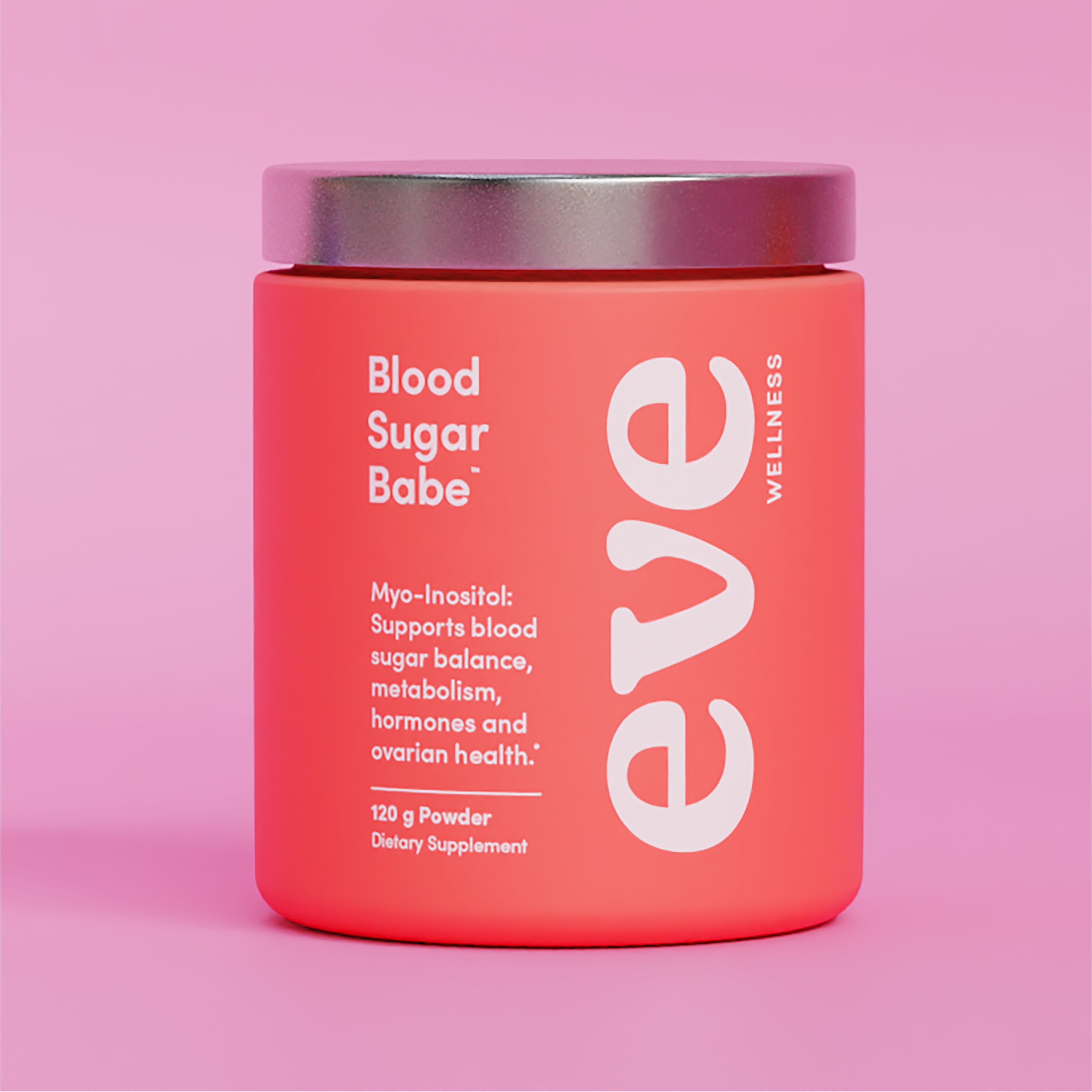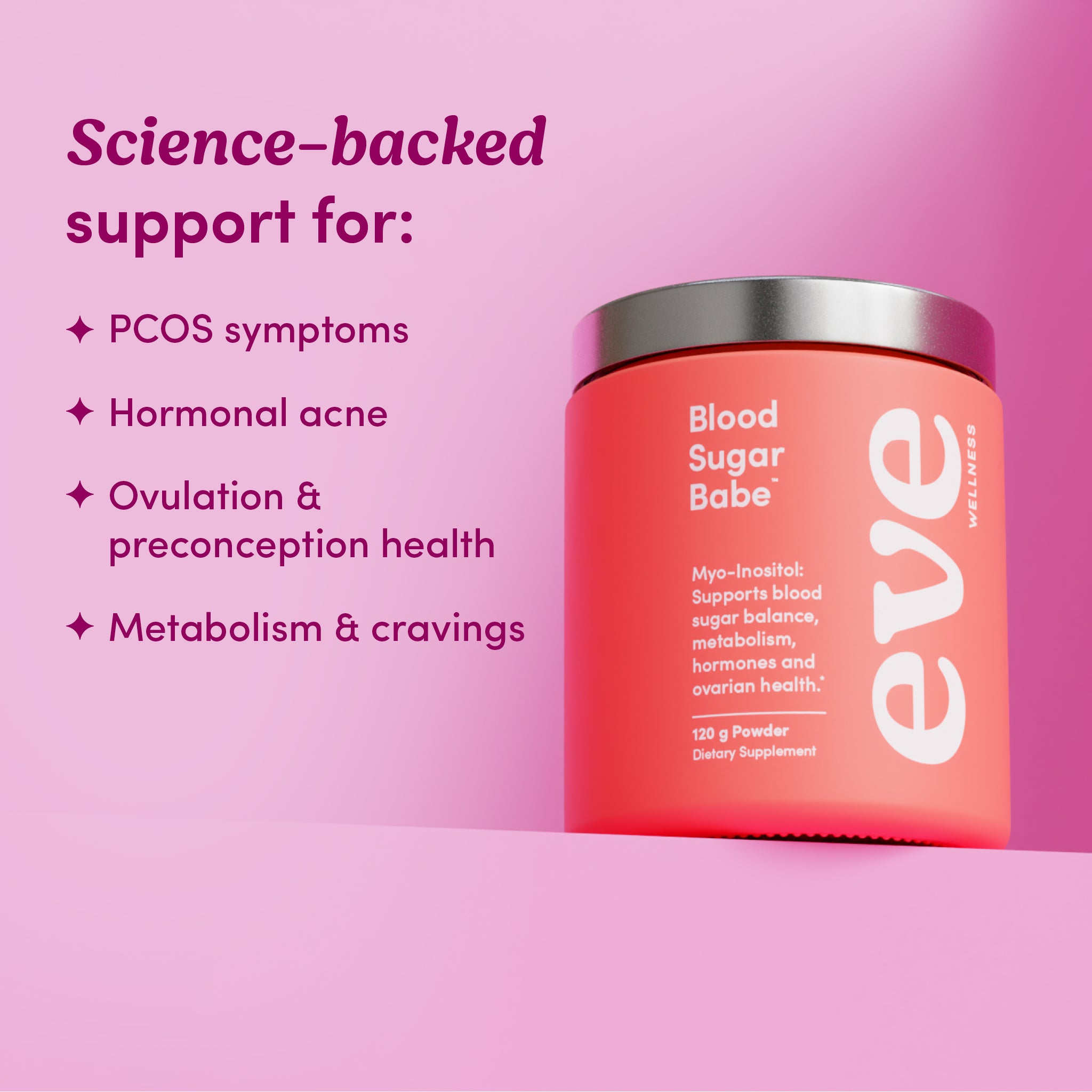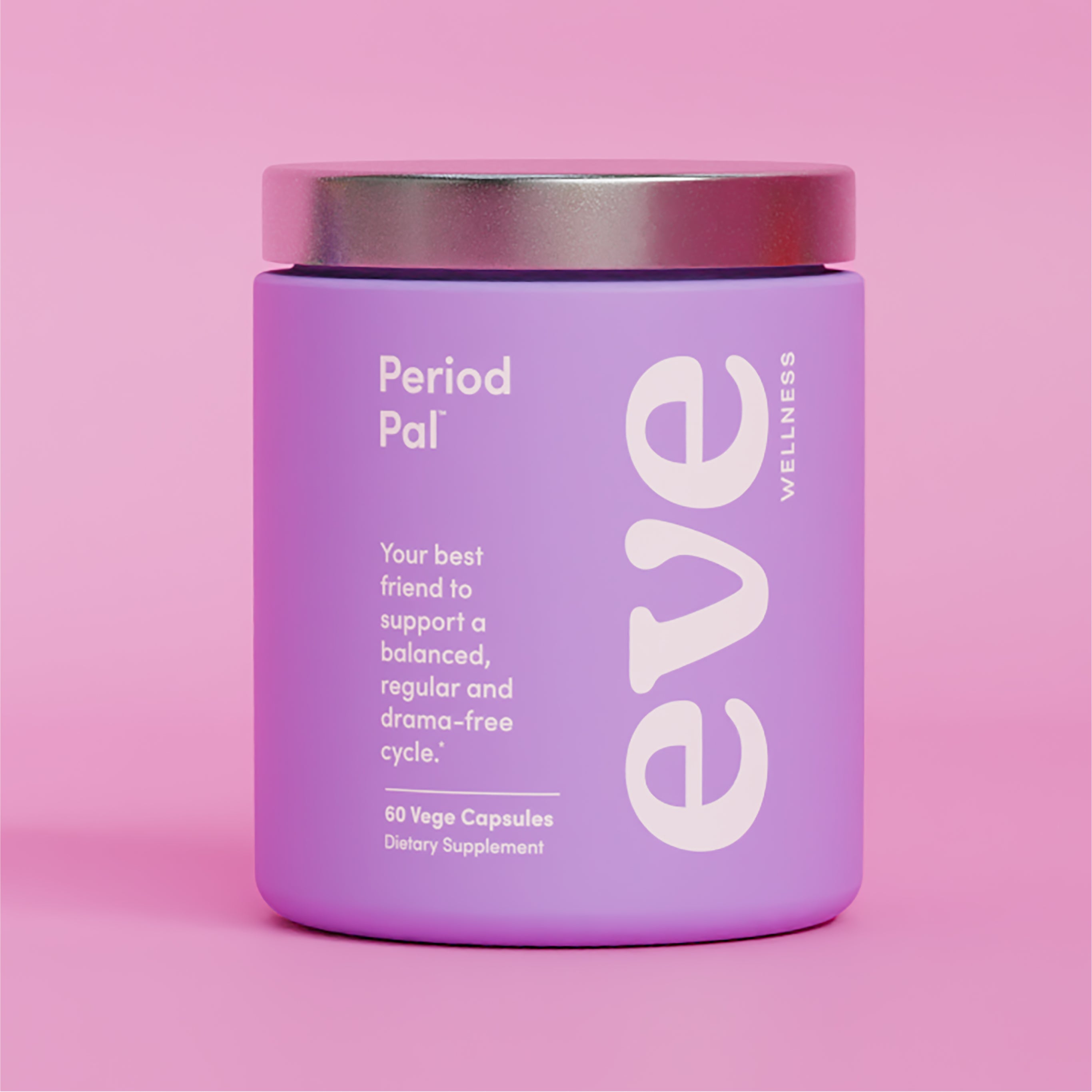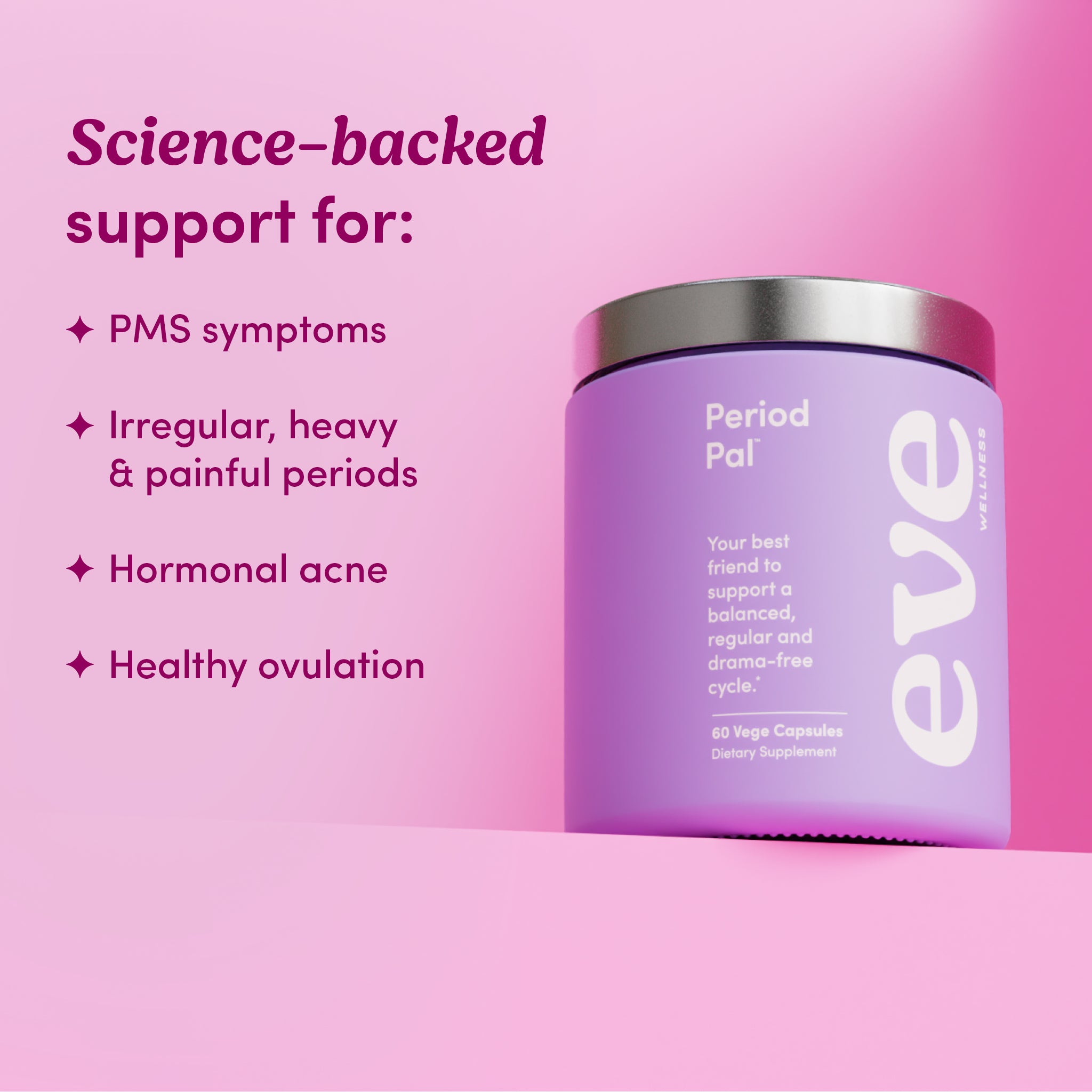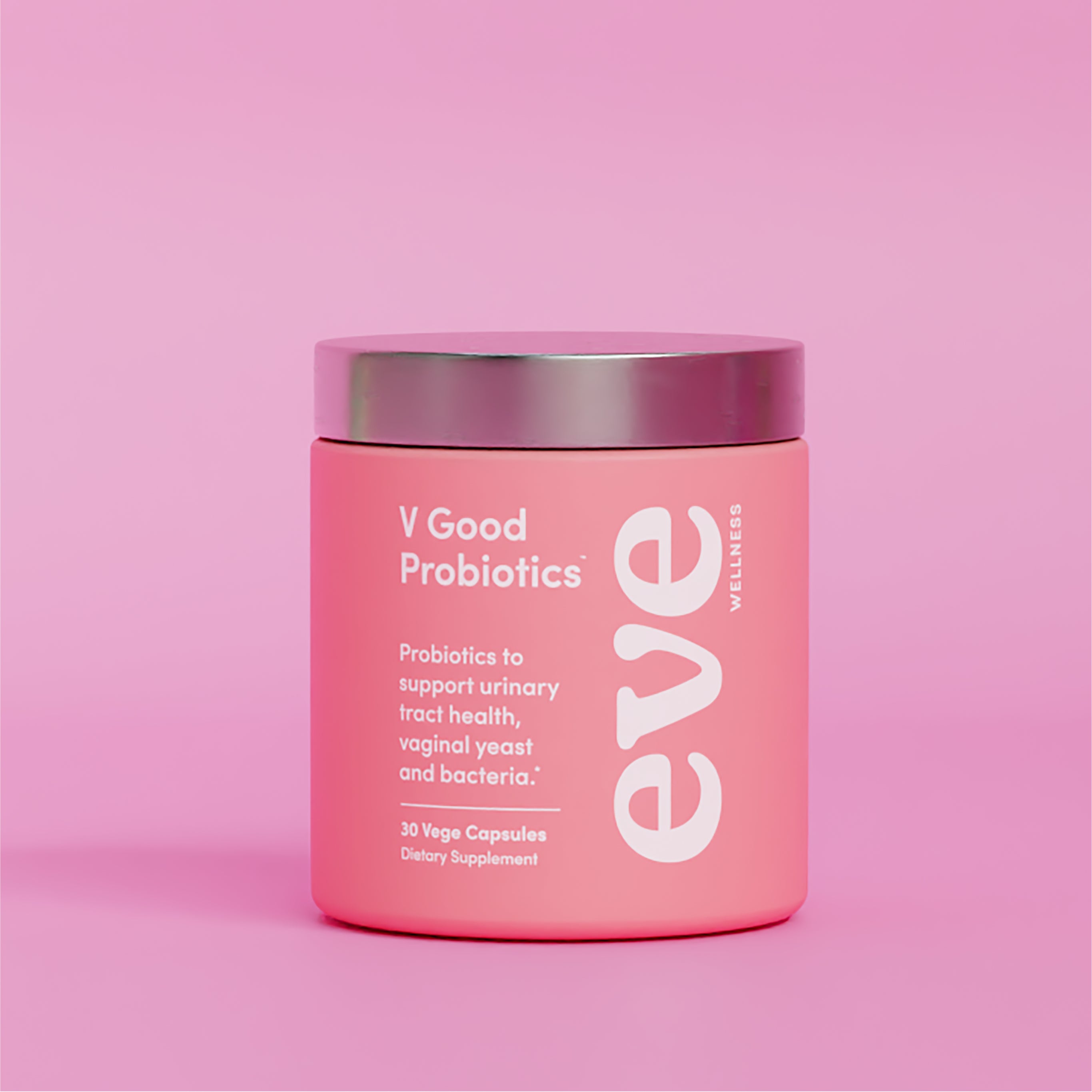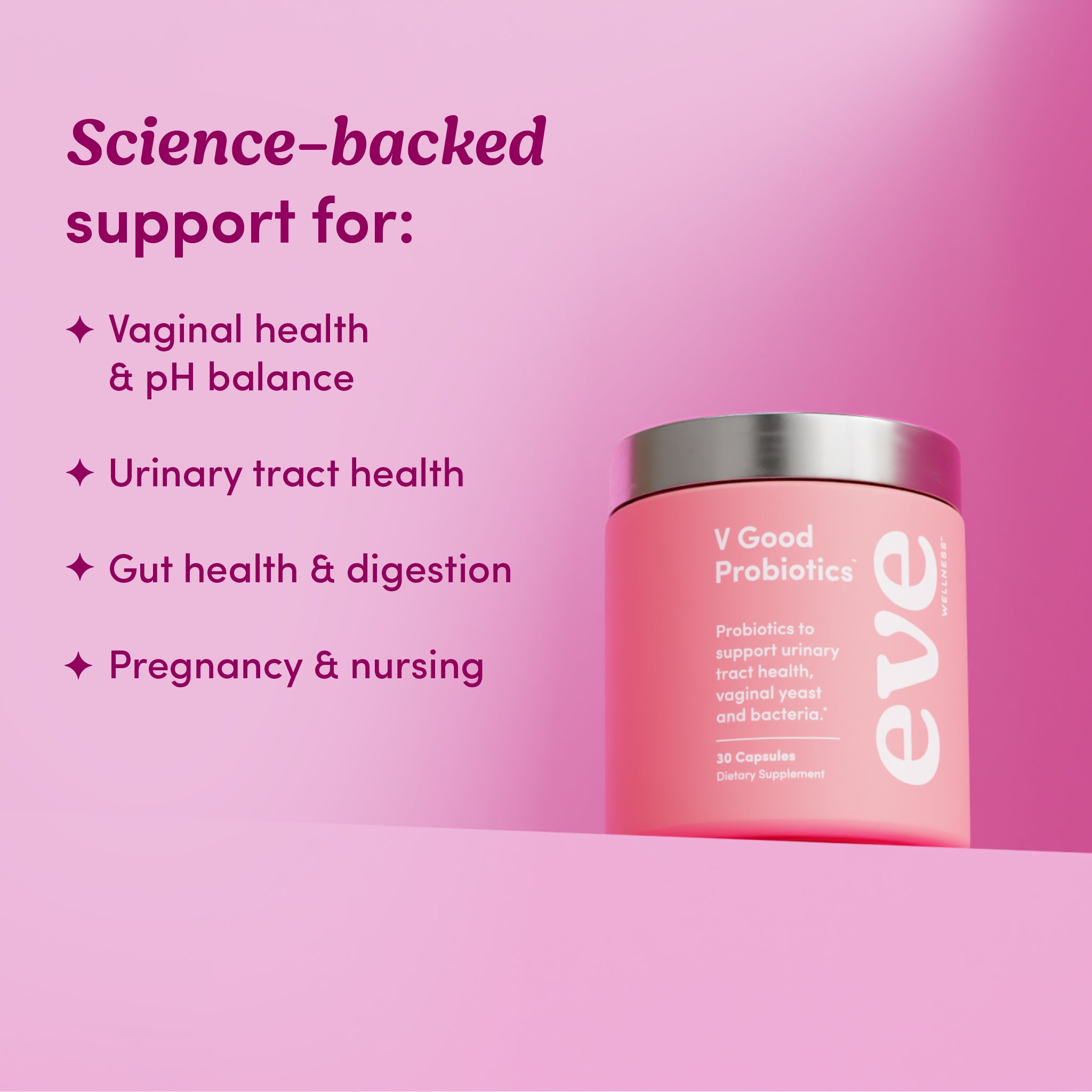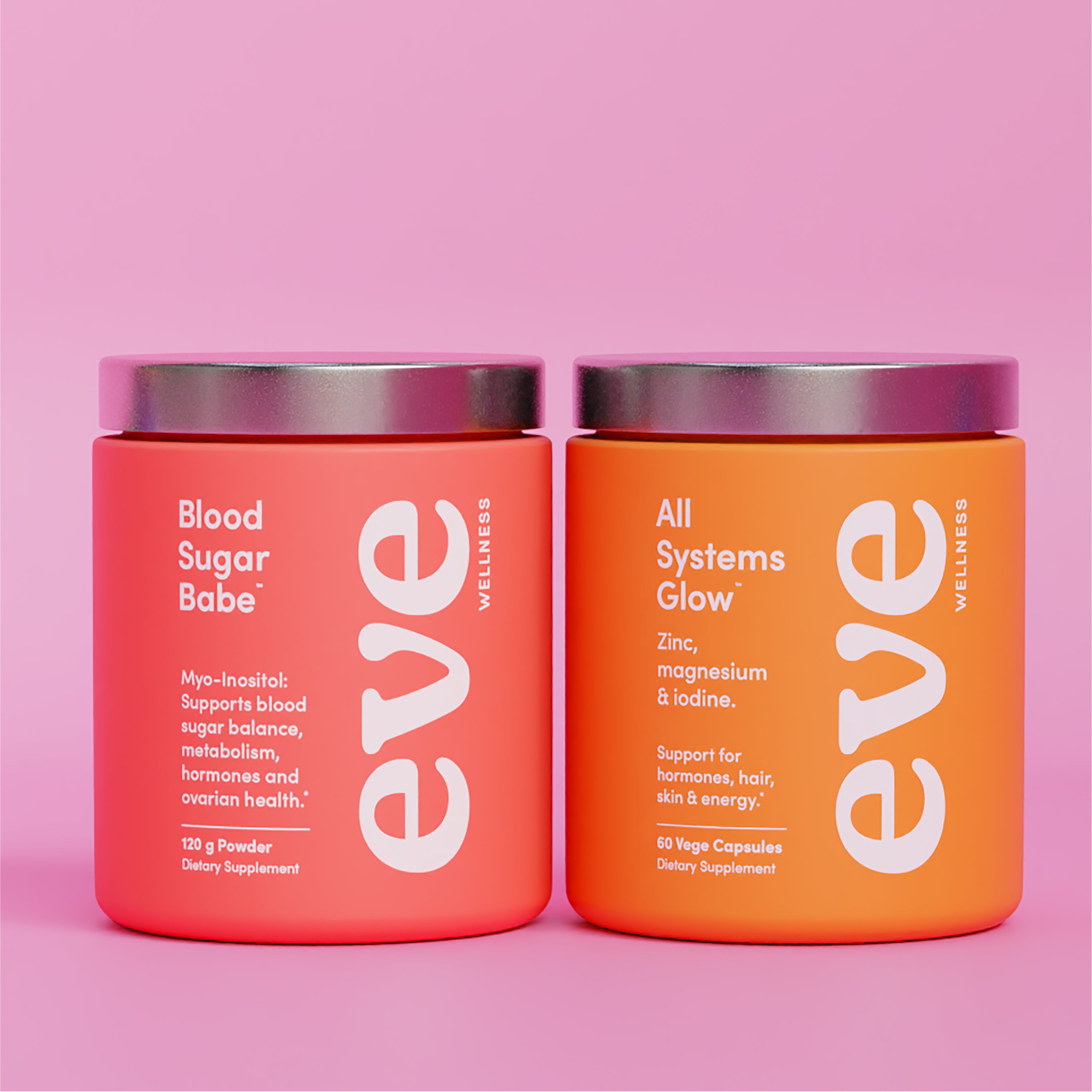We get it, hormones can be confusing! They’re biochemicals that can't be seen or touched, but are powerful enough to make us feel like heaven or hell.
Feeling ‘hormonal,’ isn’t a particularly new concept for many of us—but the actual imbalances in our key sex hormones behind these physical sensations and mixed emotions can be another story.
Simply speaking, when you’re feeling “hormonal” - your body is trying to tell you something. Here’s what we’ve found to be the 5 most common imbalances.
1. Lower levels of progesterone
Progesterone is a lovely calming and soothing hormone that balances the effects of oestrogen and supports pregnancy (hence the name, ‘pro-gestation’).
A few other amazing benefits of progesterone include supporting sleep & relaxation of the nervous system, boosting metabolism and helping you use fat for energy and generally helping you feel calm and balanced throughout the second half of your cycle.
Progesterone is like a natural, ever so gentle relaxant (yes, please!)
Signs of Low Progesterone:
- Feelings of anxiety, overwhelm and panic, but without really being able to pinpoint why;
- Short cycles, long cycles or irregular cycles—your monthly catches you off guard more often than not.
- Spotting either side of your period;
- Feeling like you’ve temporarily gained ‘water weight’ before each period;
- Pre-period or mid-cycle skin breakouts;
- Trouble falling pregnant;
- Low sex drive;
- Trouble falling or staying asleep;
- Your family, flatmates or significant other has to tip-toe on eggshells the week before your period (as a result of all of the above).
2. Higher levels of oestrogen
Oestrogen is the main female sex hormone, and plays a range of beneficial roles in the body.
Oestrogen supports and regulates our cycle, mood, skin, insulin sensitivity, energy levels, bone health and immune function. It also gives us our feminine curves by broadening our hips and dictating where we carry weight.
When we lack oestrogen, our mood, cycle and sex drive may take a hit. However, as with anything, it’s definitely possible to have too much of a good thing.
Signs of High Oestrogen:
- Stubborn weight gain, particularly around the hips & thighs;
- Increased PMS;
- Heavy or painful periods;
- Tender breasts;
- Mood swings, particularly feeling weepy, emotional or irritated;
- Premenstrual headaches;
- Low energy or fatigue (no matter how much sleep you get..).
You may have noticed that the signs and symptoms of higher oestrogen are fairly similar to those of low progesterone–which is exactly why testing can be so helpful to find out what’s really going on for you.
These two hormones are meant to work together, to prepare the body for pregnancy each month. When they’re beautifully balanced and in sync with each other, the result is a healthy, fertile, and—for the most part, symptom-free menstrual cycle.
Unfortunately for many women, this isn’t quite the case. ‘Oestrogen dominance’ is the term used to describe the hormone picture in which oestrogen levels are high relative to progesterone.
3. Poor oestrogen metabolism
While not technically a ‘hormone imbalance’ as such, oestrogen metabolism is well worth mentioning, as it too can contribute to the symptoms of high oestrogen or oestrogen dominance listed above.
Our bodies metabolise (process) our hormones through our livers when we are finished using them. There are three different pathways your oestrogen can travel down: 2-OH-E1, 4-OH-E1 and 16-OH-E1.
The first one, 2-OH-E1, is considered more friendly and anti-inflammatory. The other two, 4-OH-E1 and 16-OH-E1, are considered more inflammatory and can often feel the same way high levels of oestrogen does in the body—even if your actual levels are at a healthy level!
Signs of Poor Oestrogen Metabolism:
- Stubborn weight gain, particularly around the hips & thighs;
- Increased PMS;
- Heavy or painful periods;
- Tender breasts;
- Mood swings, particularly feeling weepy, emotional or irritated;
- Premenstrual headaches;
4. Higher androgens
Androgens are a group of hormones that include Testosterone, DHEA, etiocholanolone and androstenedione.
While technically ‘male’ hormones, androgens play many essential roles in the female body, mostly related to growth development & reproduction.
Higher levels of androgens in women are often associated with excess insulin, which impairs ovulation and stimulates the ovaries to make more testosterone. This is a major cause of the metabolic syndrome PCOS, characterized by raised androgens, irregular periods and ovarian cysts.
Signs of High Androgens:
- Weight gain, particularly around the abdomen;
- Acne on the chin, jawline and neck;
- Unwanted hair growth;
- Absent or irregular cycles;
- Trouble falling pregnant.
5. Lower levels of testosterone
As the most prominent androgen, testosterone supports muscle growth, bone health, energy production, general motivation and is closely linked to sex drive in both men and women.
In women, testosterone stays at fairly stable levels, but has a slight peak around ovulation, which is also the time that you are fertile. Consider this a not-so-subtle nudge from mother nature in the name of reproduction.
Signs of Low Testosterone:
- Feeling a little ‘soft’ around the edges, or struggling to build muscle despite regular weight training;
- Dry hair and skin;
- Vaginal dryness, low libido & painful sex;
- Low moods;
- Low confidence, motivation or lacking a zest for life;
- Low energy & fatigue.
Looking for extra support? Try Period Pal - every woman's best friend to support a balanced, regular and drama-free cycle.
